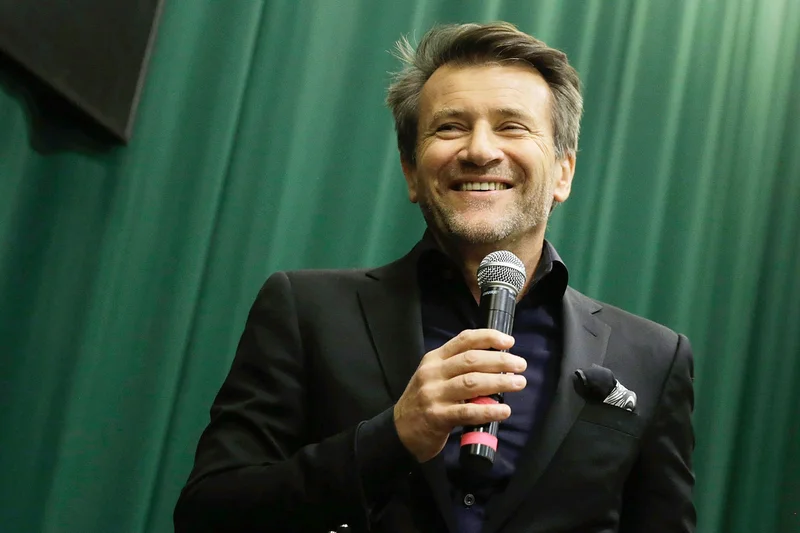The Data Doesn't Lie: What Robert Herjavec's Search Trends Really Tell Us
Alright, let’s cut through the noise. When you’re in my line of work—which, for those new here, means sifting through mountains of data to find the actual signal amidst the marketing static—you learn to ignore the headlines and go straight for the underlying metrics. And when we apply that lens to someone like Robert Herjavec, a name synonymous with Shark Tank and, let’s be honest, significant wealth, the story isn’t what you might expect. It’s not about his latest venture, or even a deep dive into his business acumen. No, the data points to a far more personal narrative taking center stage.
The "People Also Ask" and "Related Searches" sections aren't just random keywords; they're a collective psychological profile of public curiosity. They’re a real-time, aggregated query stream, effectively a qualitative data set of what millions of people actually want to know. And what’s consistently bubbling to the top for Herjavec? It’s his family life. Queries like "is kym johnson still married to robert herjavec," "who is robert herjavec married to," and "kym and robert herjavec" dominate the landscape. This isn’t a subtle shift; it’s a seismic one. People aren't just curious about his Shark Tank role or his overall robert herjavec net worth anymore; they're fixated on the human element, specifically his relationship with Kym Johnson and their robert herjavec kids, including the robert herjavec twins. I’ve looked at hundreds of these celebrity interest profiles, and this particular pivot from professional to personal is a classic pattern, but the sheer volume here is genuinely striking.

The Shifting Spotlight: From Boardroom to Ballroom
Think of public interest as a highly reactive stock market. For years, the "Robert Herjavec" ticker traded primarily on "business" and "investing" metrics. His appearances on Shark Tank, his origin story, his success as an entrepreneur—these were the core assets driving his public valuation. But then came Dancing With The Stars, and with it, robert herjavec dancing with the stars and the subsequent relationship with Kym Johnson. This wasn't just a side project; it was an IPO of his personal life, and the market responded. The search queries evolved from "what is robert herjavec business" to "is robert herjavec still married" almost overnight. The public’s attention, once a laser focus on his financial prowess, became a wide-angle lens on his romantic life. It’s a fascinating, if not entirely predictable, trajectory. Why do we, as a collective audience, care so much more about a celebrity’s marital status than the intricacies of their multi-million dollar deals? It’s a question that, frankly, tells us more about ourselves than about Herjavec.
This isn't to say his business achievements are irrelevant; the core interest in "what is robert herjavec net worth" or "robert herjavec business" still exists. But it’s almost as if those queries now serve as a baseline, a foundation upon which the more emotionally resonant questions about his wife, Kym Johnson, and their family are built. It's a methodological critique of how we consume public figures: we initially engage with their professional brand, but our sustained interest often hinges on their personal narratives. It’s the difference between admiring a meticulously crafted product and wanting to know the story of the artisan who made it – and then, more profoundly, wanting to know about the artisan’s family life. Details about robert herjavec age, robert herjavec height, or even his robert herjavec voice are secondary data points, mere footnotes to the dominant narrative of his personal life. We’re not looking for the next big deal he closed; we're checking if the emotional investment we made in his DWTS romance has paid off.
The Human Algorithm's Verdict
The data provides a clear verdict: the public’s primary engagement with Robert Herjavec has transitioned from a professional interest to a deeply personal one. His celebrity, once rooted in the boardroom, now thrives in the ballroom and, more importantly, the domestic sphere. It’s a testament to the enduring human fascination with love, family, and the private lives of public figures. We might start with the impressive balance sheet, but we always end up at the family portrait.
